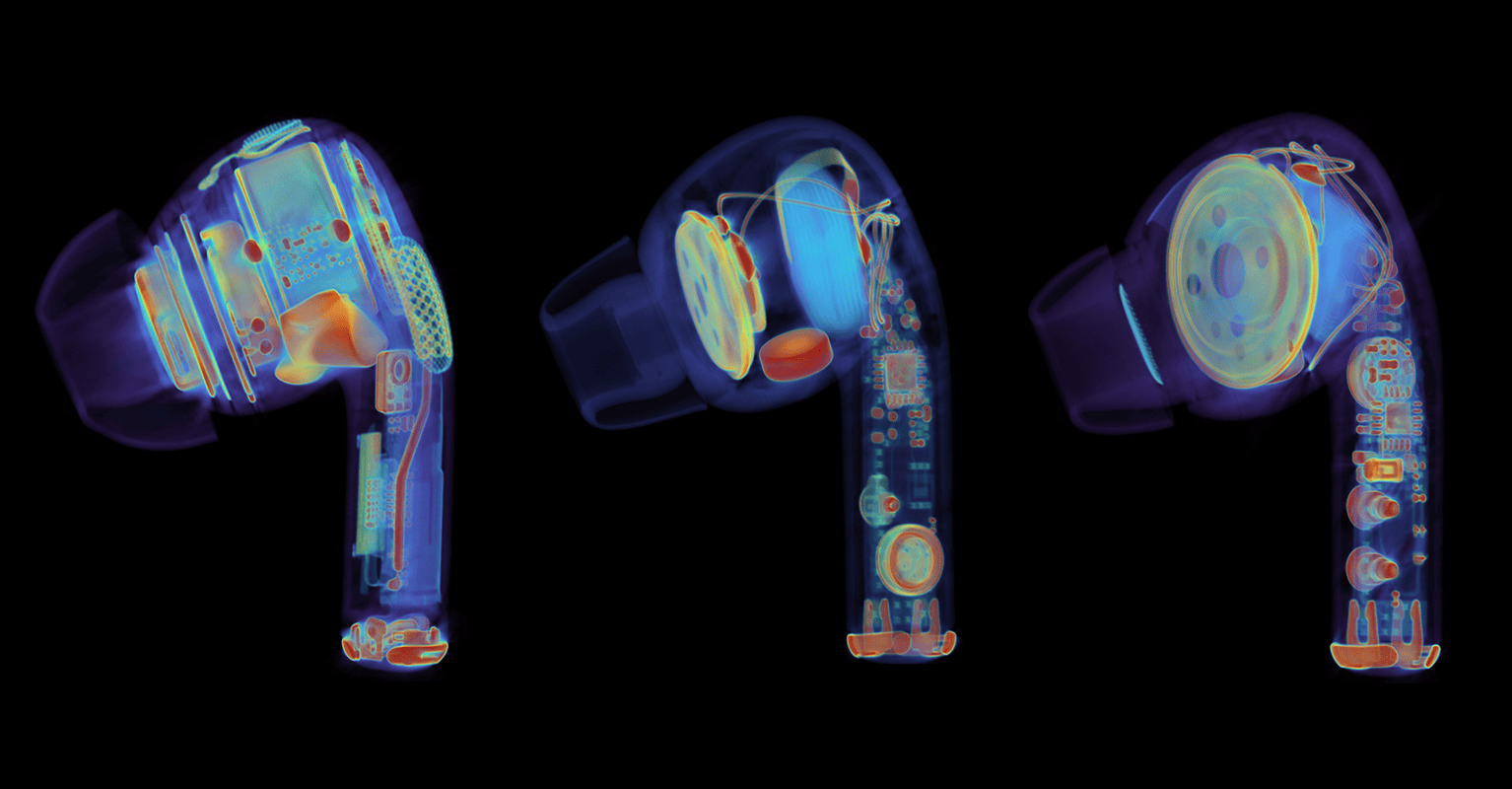
There are a lot of fake Apple products, says Jon Bruner, product lead at Lumafield. Apple prides itself on making high-quality products, but they’re never cheap. So unsurprisingly, there are also a lot of counterfeits.
Visually, these products seem indistinguishable from the real thing. But “visually” only refers to the human eye. Through the eyes of a CT scanner, the products look very different.
Peering into an AirPod
Take a look at the authentic AirPod. It’s a ‘marvel of miniaturization’, says Brunner on Twitter. “Everything is packed into the curved enclosure efficiently with tightly integrated flexible PCBs.” You don’t need to be an engineer to figure out that a lot is going on inside an AirPod.
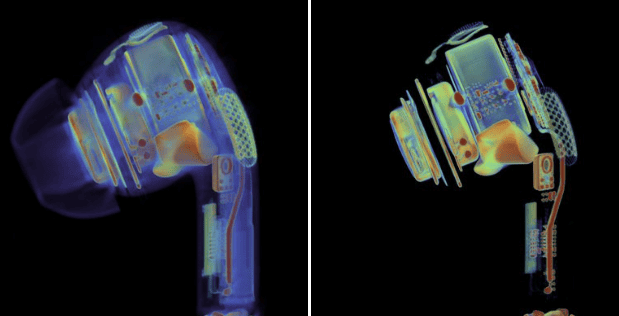
Meanwhile, if you look at the fake ones, there’s a lot less happening and the engineering is way shoddier.
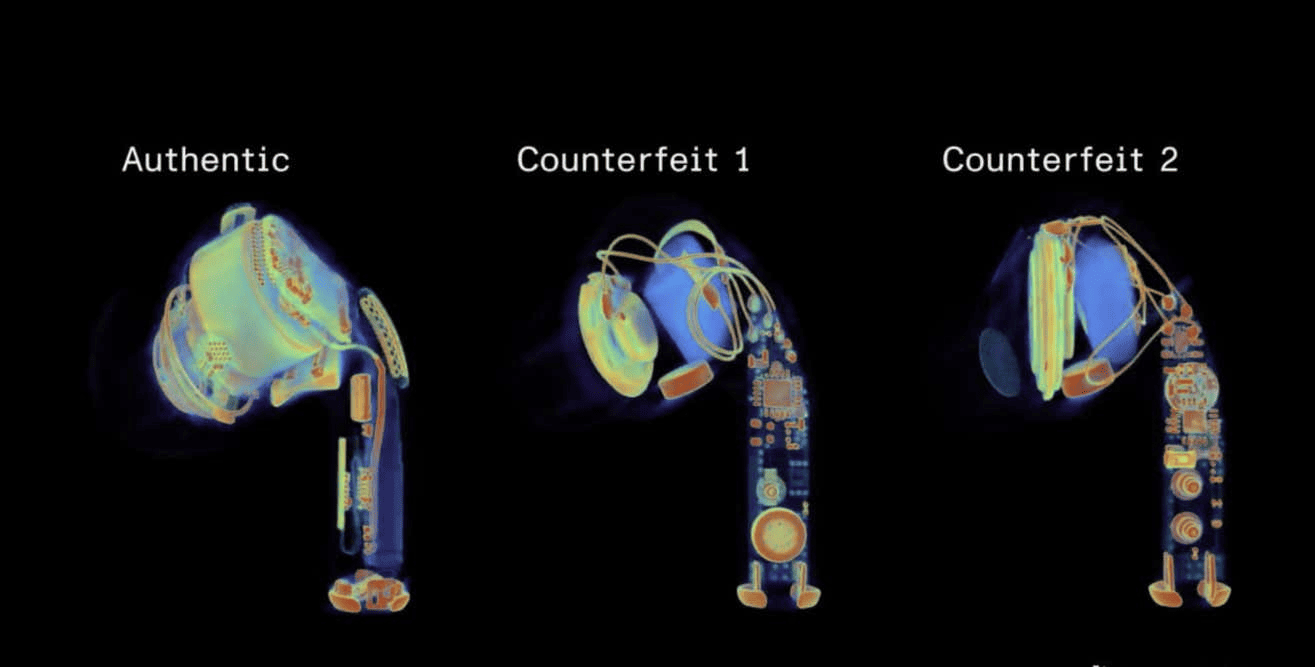
“The fakes have a lot less going on. Components are connected by wires, not flexible PCBs. You won’t find wires like this in any modern mobile Apple product”, Bruner continues. If you look closely, you can find plenty of differences.
For instance, one of the fakes (the middle one) doesn’t even offer wireless charging (no coils are visible in the scans). The other one has the coils, but it lacks the magnets that latch onto the charger case. CT scans also reveal differences in heat sink design. Authentic Apple chargers use intricate heat sinks for even heat distribution, whereas counterfeits often have simpler designs that could lead to dangerous hot spots.
Something else that stands out is that the fakes use internal weights with no real function. Because the real Airpod has a lot of electronics, it’s heavier. The fakes want to mimic the real feel, so they just add some random weights to them — a deceptive tactic that can easily fool consumers. The weights are metal bars running lengthwise in the counterfeit cases and they probably also make the product less durable.
Batteries are the heart of wireless devices, and in this regard, authentic AirPod Pros showcase meticulously engineered button cell batteries, optimized for power and efficiency within a compact form. Counterfeit AirPods, however, pack less sophisticated lithium-ion pouch cell batteries into spaces they weren’t designed for — posing potential safety risks.
The microphones also tell a story. The AirPods have three microphones that optimize audio quality: one aimed outward, one aimed downward, and one in front of the driver, pointing to the ear canal.
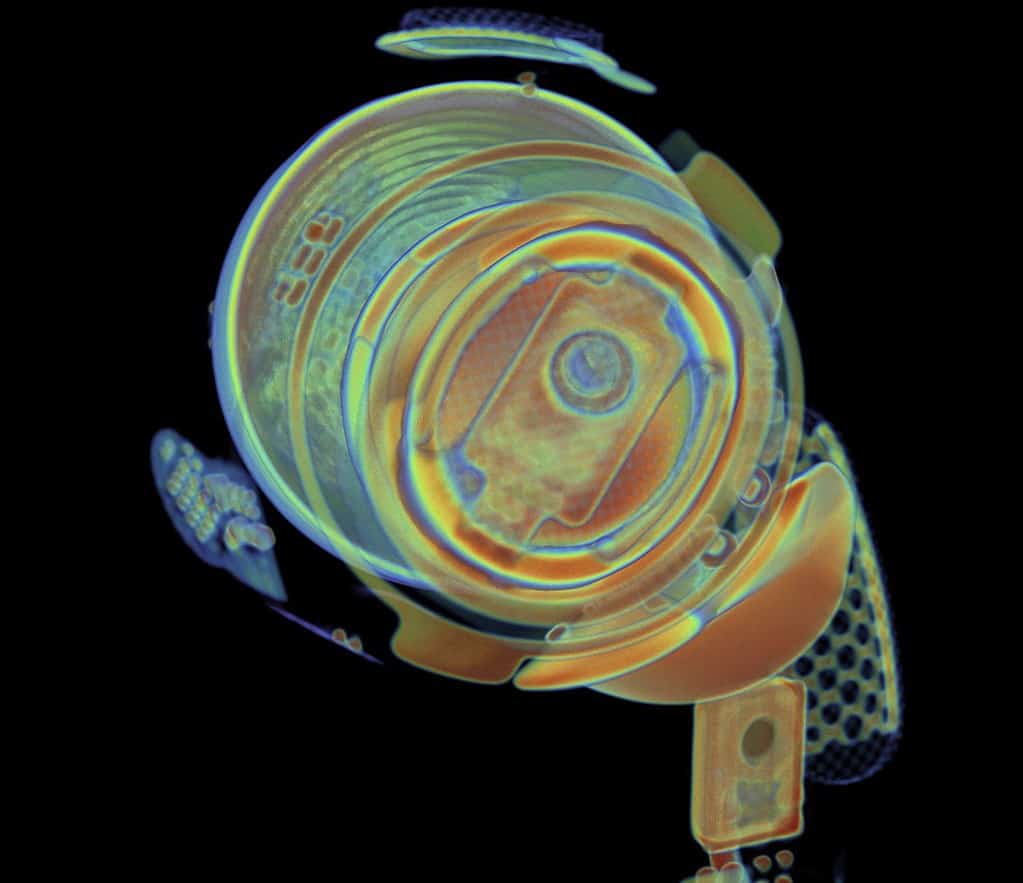
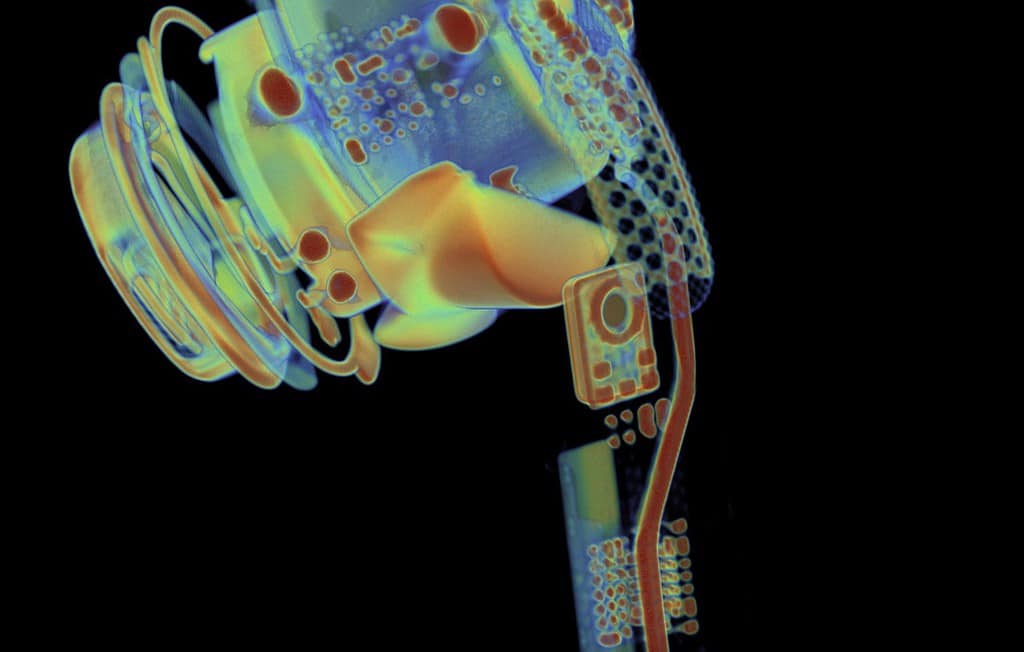
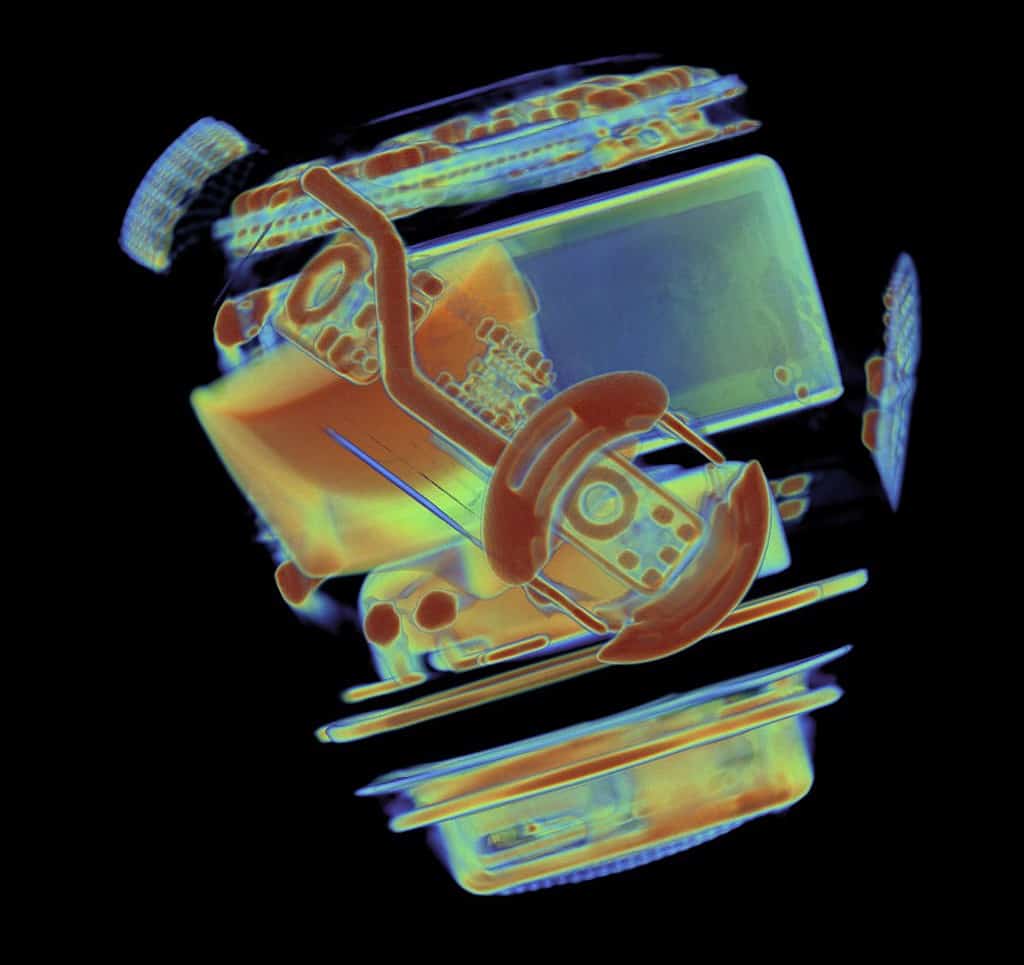
Meanwhile, the forgeries have one, off-the-shelf, basic microphone.
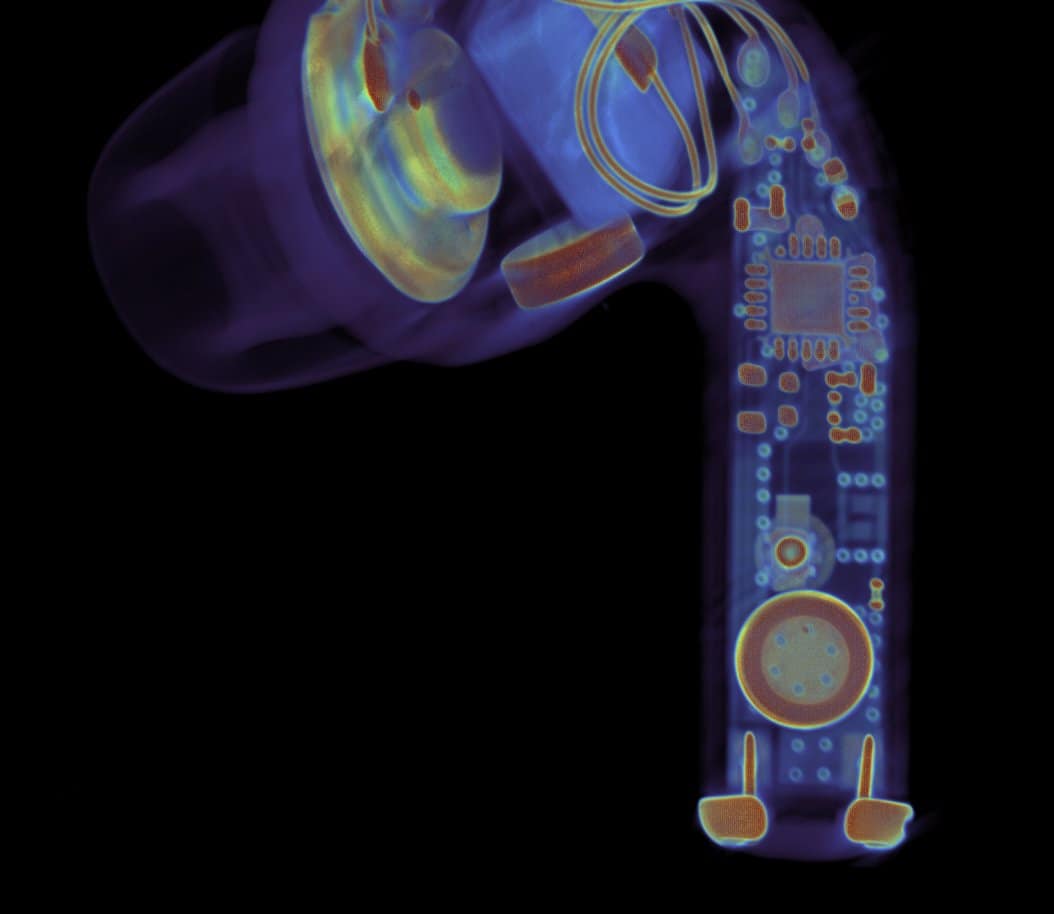
Even the soldering is a bit shoddy — there are a couple of random soldering bits left inside the casing.
All these differences may seem subtle, but they add up. They have implications for the product’s performance and durability.
The growing forgery problem
Today’s counterfeit products are not just roadside stall knock-offs; they’re sophisticated imitations that often appear visually and functionally identical to genuine items — at least at first glance. But for manufacturers and consumers alike, these fakes pose a serious challenge: ensuring the quality and safety of what you’re buying or selling. It’s an industry-wide concern, with counterfeiting in the US electronic components market costing over $7.5 billion in annual revenue and over 11,000 jobs.
Counterfeit electronics form a significant part of the global trade, with current figures exceeding $600 billion. This is not just a minor issue; it’s a booming illegal industry expected to reach over $3 trillion by the end of the year. The economic losses are substantial, but more importantly, these counterfeit parts pose security and reliability risks for critical systems and infrastructure.
A technique once reserved for medical diagnostics, CT scanning, has found a new purpose in this setting. Industrial CT scanners can help in the fight against counterfeit electronics, allowing engineers to inspect and optimize product designs and identify fakes with precision. This technology doesn’t just expose the shortcuts in counterfeit versions; it also showcases the engineering sophistication of genuine products.
Now, this doesn’t necessarily mean that AirPods are worth it.
They cost around $150. Fake AirPods, you can get for as low as $20-40. Is that difference worth it? It depends on your budget and what you want from the product.
But ultimately, this is a pretty cool demonstration of science serving a very practical application. You can explore the 3D scan below, or also check out how the same technique highlights the difference between a $5 and Apple’s $129 USB-C cable. So, which one will you be buying?


